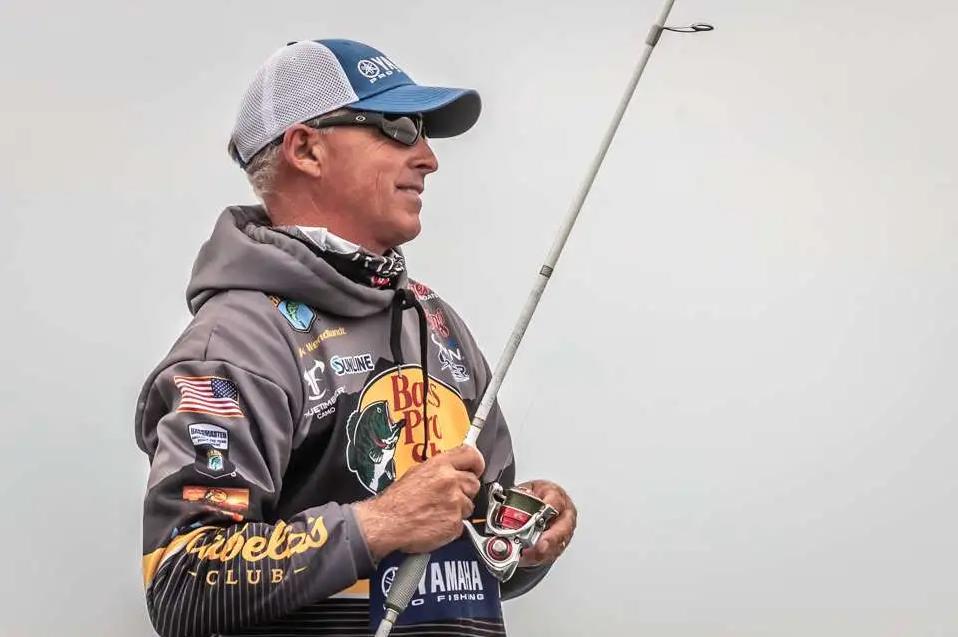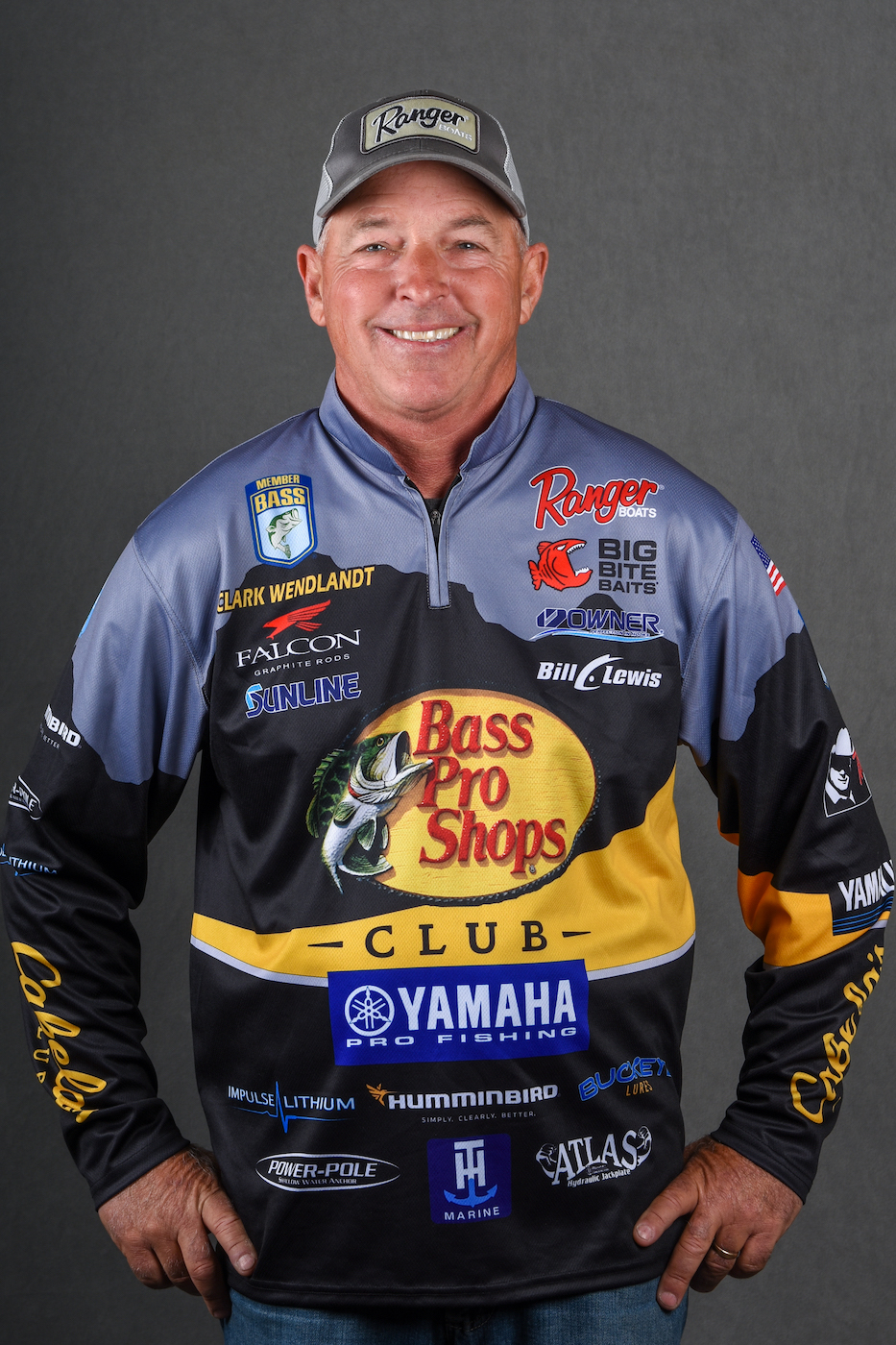
We’ve seen a lot of changes in competitive bass fishing over the 31 years that I’ve been fishing professionally, but one thing has remained consistent: Qualifying for the Bassmaster Classic is the most important thing you can do if you want to fish for a living.
It remains the Holy Grail of professional fishing and helps set you apart from hundreds of B.A.S.S. anglers who have fished tournaments but never qualified for the Classic.
That’s pretty remarkable when you consider all of the changes the sport has undergone through the years.
Take baits and techniques, for example. When I first started you needed five or six different baits to fish the Classic. You needed something to fish slow — like a jig or worm — a spinnerbait, crankbait and maybe a topwater.
Today, that list includes swimbaits, vibrating jigs, different classes of topwaters and crankbaits and a whole new category for finesse fishing.
When I fished my first Classic in 1995, I was given a three-drawer tacklebox and told to fill it up. I couldn’t fish with anything else other than what I put in that box.
A few years prior to that, B.A.S.S. would weigh the tackleboxes, and if they exceeded a specific weight, Ray Scott would pull out lures he liked and you never got them back!
Can you imagine trying to cram everything we use today into a three-drawer tacklebox?
But that isn’t the only difference. In my early days, the way a pro could get nationwide recognition was to build relationships with writers and TV hosts. Today, it’s done mostly through social media.
The influx of nonendemic sponsors is another element we didn’t see in the early days. Today, pros are working with companies outside of the tackle business.
There were little to no high school or college competitions where a youngster could get his start before committing to being a pro. Today, a college kid can qualify for the Classic through the collegiate ranks.
Of course, perhaps the biggest evolution occurred when Ray Scott decided to bring in the public. In the early years, the location was kept a secret and the weigh-ins were held along the shoreline with a limited crowd.
Ray recognized he had something. By taking it public, it created more media exposure, grew the fan base, attracted more sponsors and the sport would grow exponentially.
Man, was he right. Today, thousands of people pour into an arena for the weigh-ins and walk the floors of the massive Classic Outdoors Expo. It’s the biggest fishing event in the world and the largest bass fishing showcase you will ever see.
Yet, with all of the hoopla, nothing has changed or diminished the importance of a pro angler qualifying for the competition.
You can win a regular season event here and there, but being a Classic qualifier sets you apart from all those who haven’t.
Nothing else in the competitive bass fishing carries that kind of magnitude.





